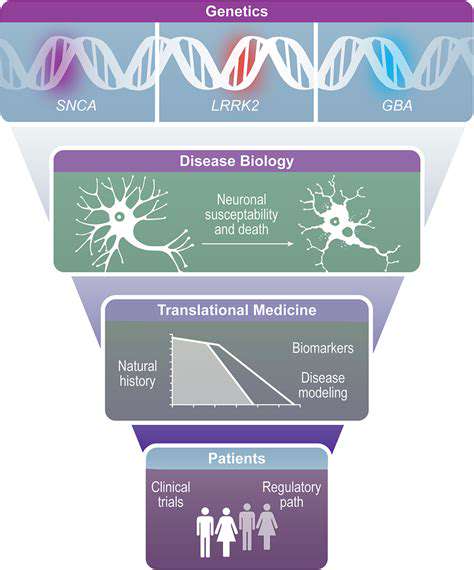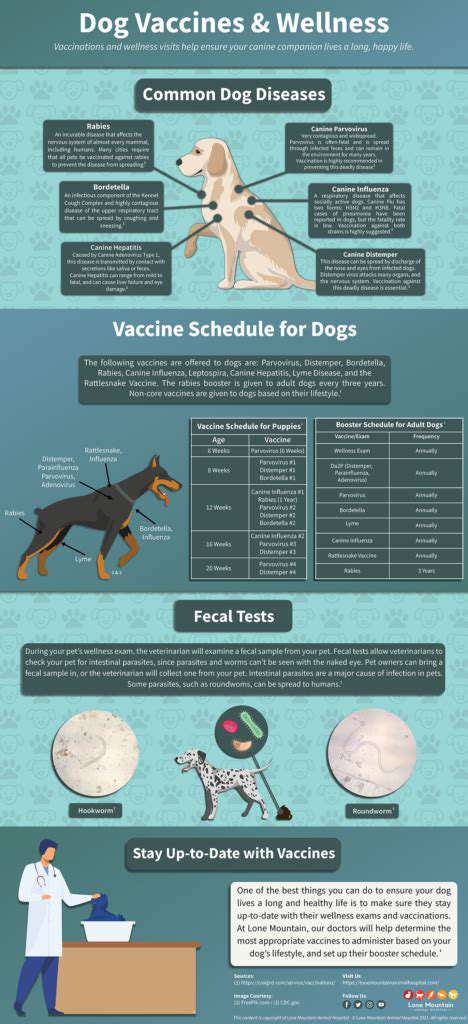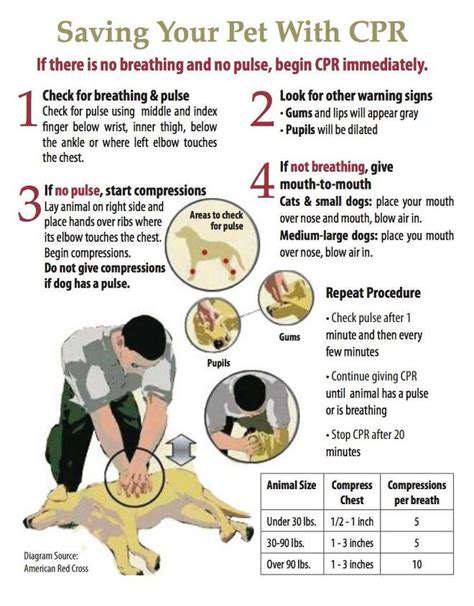Dental Care for Pets: Beyond Just Brushing
The Importance of Regular Dental Checkups for Your Furry Friend
Preventive Care is Key
Regular dental checkups are crucial for maintaining your pet's overall health. Just like humans, pets can suffer from oral diseases that can escalate into serious health issues if left untreated. Early detection of problems like gingivitis, periodontal disease, and tooth decay allows for prompt treatment, preventing further complications and ensuring your furry friend enjoys a comfortable and pain-free life. Professional cleanings remove plaque and tartar buildup that can lead to these issues, protecting their gums and teeth from irreversible damage.
Dental issues in pets can manifest in various ways, from bad breath to reluctance to eat. Regular checkups allow your veterinarian to identify these early warning signs and implement appropriate preventative measures. By catching problems early, you can significantly reduce the need for more extensive and costly procedures down the road.
Early Detection and Treatment
Early detection of dental problems is vital for successful treatment. Veterinarians can identify potential issues during routine checkups, such as the presence of plaque, tartar buildup, gum inflammation, or tooth decay. This proactive approach allows for prompt intervention, preventing the progression of the disease and minimizing the need for potentially more invasive procedures like extractions or root canals.
Catching dental problems early often leads to less invasive and more affordable treatment options. Addressing issues like gingivitis or early-stage periodontal disease with timely scaling and polishing can save your pet significant discomfort and financial strain. Furthermore, early intervention often improves the long-term prognosis for oral health in pets.
Maintaining Oral Hygiene at Home
While professional cleanings are essential, maintaining good oral hygiene at home plays a critical role in preventing dental problems. This includes regular brushing with pet-specific toothpaste, providing appropriate chew toys, and offering a balanced diet to help reduce plaque and tartar buildup. Consulting your veterinarian about appropriate tools and techniques for your pet's breed and size is key to establishing a successful home oral hygiene routine.
Consistency is key to a successful at-home oral hygiene routine. Even a few minutes of daily brushing can make a significant difference in maintaining healthy teeth and gums for your furry friend. Regular dental care at home, combined with professional checkups, is the best way to ensure your pet enjoys a lifetime of healthy smiles.
The Cost-Effectiveness of Routine Checkups
While the cost of a dental checkup might seem minor in the short term, it can significantly impact your pet's long-term health and well-being. Preventing dental diseases through regular checkups and appropriate home care often proves far more cost-effective than dealing with extensive dental procedures down the line. Addressing issues early can save you from significant veterinary expenses associated with advanced dental treatment or even the need for extractions.
Ignoring dental problems can lead to costly and sometimes painful treatments. The financial strain and emotional toll on both you and your pet can be substantial. Investing in regular dental checkups ultimately protects your pet's overall health and well-being, preventing more serious health complications that could arise from untreated oral diseases. It's a proactive approach that pays off in the long run.
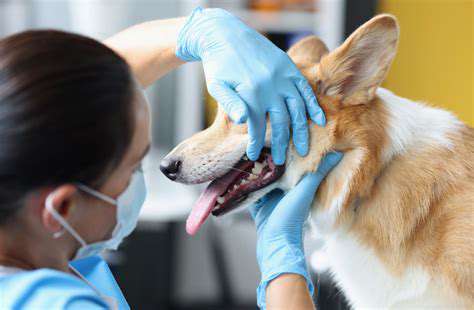
Recognizing the Signs of Dental Problems in Pets
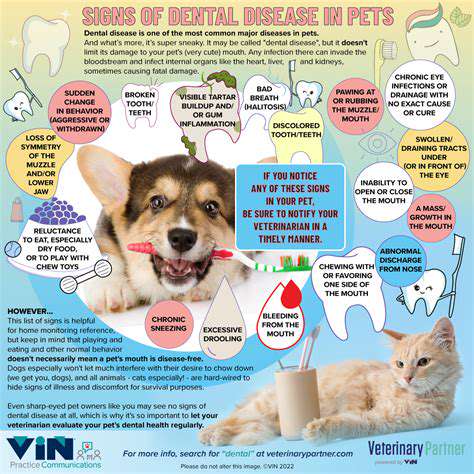
Recognizing Early Signs of Dental Problems
Early detection of dental problems is crucial for preventing more serious and costly issues down the road. Many dental issues start subtly, often without noticeable pain in the early stages. Paying attention to minor symptoms can lead to timely intervention and better treatment outcomes. Ignoring these early signs can result in the need for more extensive and expensive procedures later on.
Regular dental checkups and cleanings are essential for identifying potential problems early. During these visits, your dentist can examine your teeth and gums for any signs of decay, gum disease, or other issues that may not be immediately apparent. You should also be aware of any changes in your oral health, such as unusual pain, sensitivity, or bleeding gums, as these could indicate a developing problem.
Pain and Sensitivity
Experiencing persistent pain in a specific tooth or area of your mouth is a significant warning sign. This pain could be triggered by chewing, biting, or even by cold or hot temperatures. Sensitivity to temperature changes is another common indicator, often pointing towards exposed tooth roots or cavities.
Don't dismiss any tooth pain, no matter how mild. Even a dull ache or throbbing sensation could be a sign of a developing problem that needs immediate attention. Seeking professional dental care promptly is crucial to prevent further complications.
Bleeding Gums
Bleeding gums, especially during brushing or flossing, are a clear sign of gum disease, also known as gingivitis. This inflammation of the gums can progress to periodontitis if left untreated, leading to significant damage to the supporting tissues and bone structure of the teeth. Regular oral hygiene practices like brushing and flossing are vital for maintaining healthy gums.
Swollen or Tender Gums
Swollen or tender gums often accompany gum disease or other infections. The gums may appear red, puffy, or sore to the touch, and could be accompanied by bad breath. These symptoms can be indicative of a range of oral health issues, requiring professional assessment and treatment to prevent further complications.
Unusual Changes in Bite or Jaw
If you notice a change in how your teeth fit together when you bite, or if you experience persistent jaw pain or clicking, it could indicate a problem with your bite or TMJ (temporomandibular joint). These issues can cause discomfort and difficulty chewing or speaking. Early diagnosis and treatment are crucial to prevent long-term complications and pain.
Unusual or Persistent Bad Breath
Persistent bad breath, also known as halitosis, could be a sign of an underlying oral health issue, such as gum disease, cavities, or infections in the mouth or throat. Bad breath can also be a sign of systemic conditions, so it's important to consult a healthcare professional for proper diagnosis and treatment. A dentist can assess your oral cavity to determine the cause of the bad breath and recommend appropriate treatment.
Changes in Tooth Color or Shape
Noticeable changes in tooth color, such as discoloration or darkening, could indicate a variety of issues, including decay, trauma, or even certain medications. Similarly, if you observe any unusual changes in the shape or appearance of your teeth, such as chips or cracks, it's important to seek professional dental attention. These changes could be a result of trauma, grinding, or other factors that require prompt evaluation and treatment.
Read more about Dental Care for Pets: Beyond Just Brushing
Hot Recommendations
- Customized Sleep Schedules: AI Driven for Sustainable Rest
- Crafting a Personalized Productivity Plan for Mental Clarity
- Sustainable Self Compassion: Cultivating Kindness Towards Your Mind
- Sustainable Productivity Hacks for the Busy Professional
- Sustainable Wellness for Parents: Balancing Family and Self Care
- Data Informed Self Care: Designing Your Personalized Wellness Strategy
- Sustainable Wellness for a Purpose Driven Life
- AI Assisted Mindfulness: Personalized Meditations for Deeper Practice
- Building Inclusive Mental Health Services: Key Initiatives
- AI Powered Self Care: Customizing Your Routine for Maximum Impact






